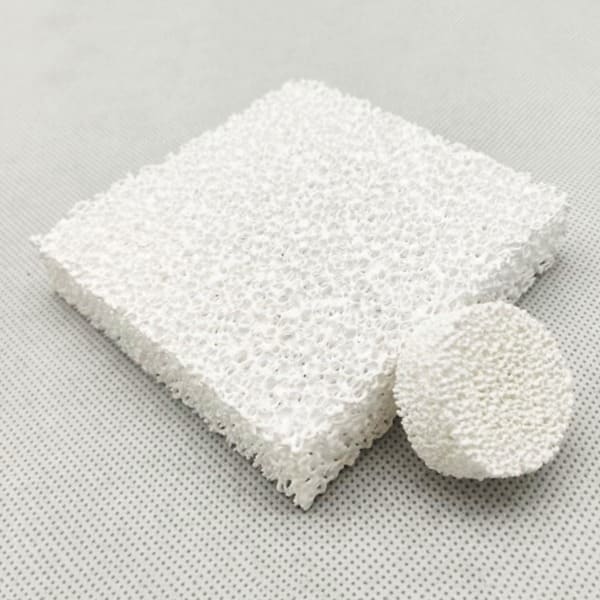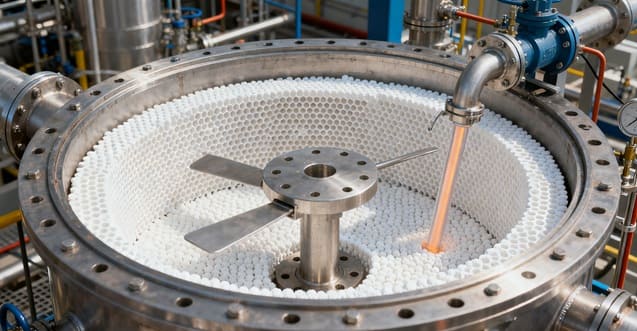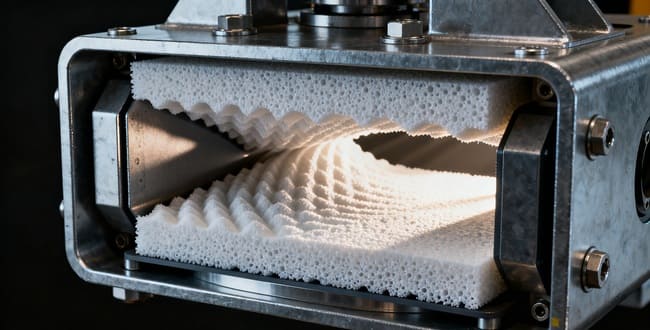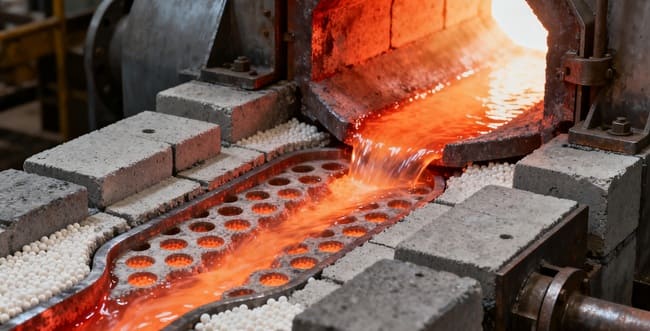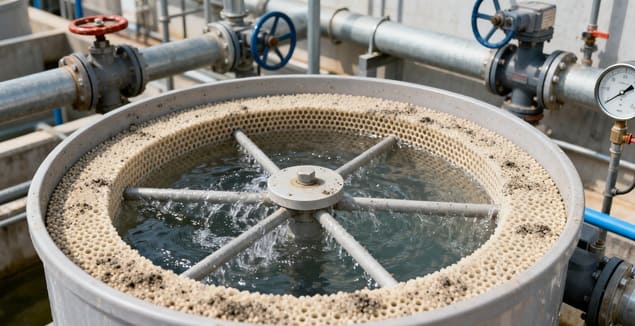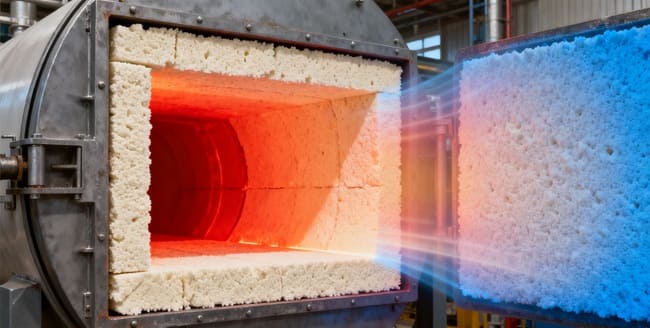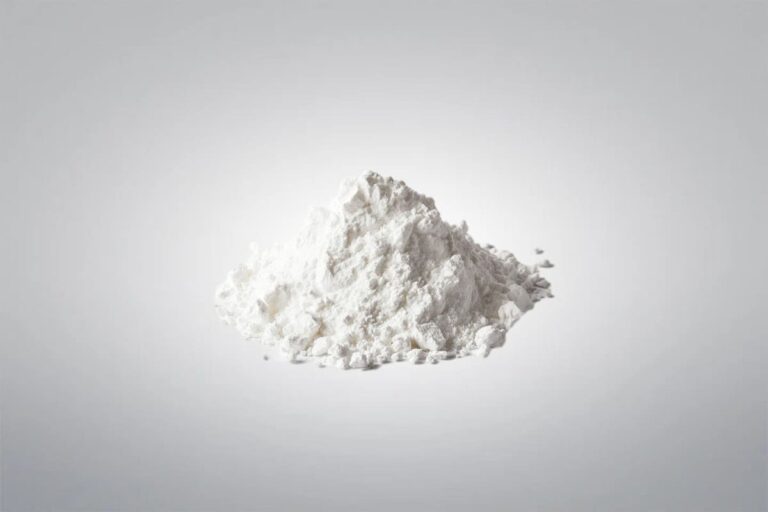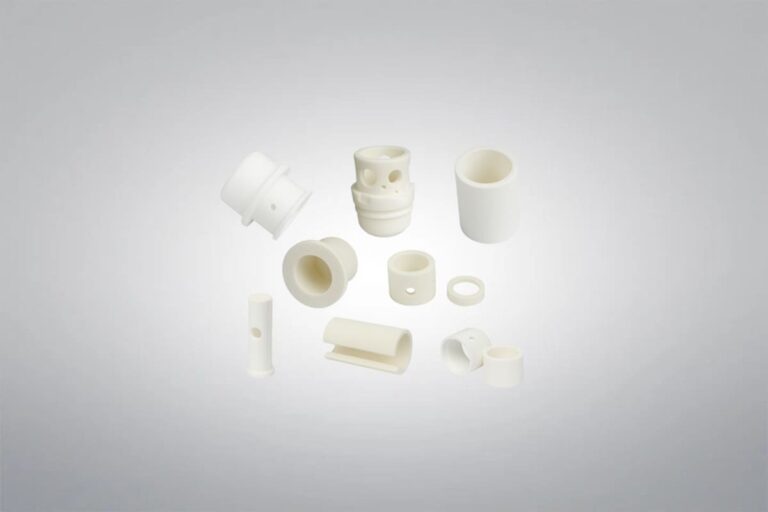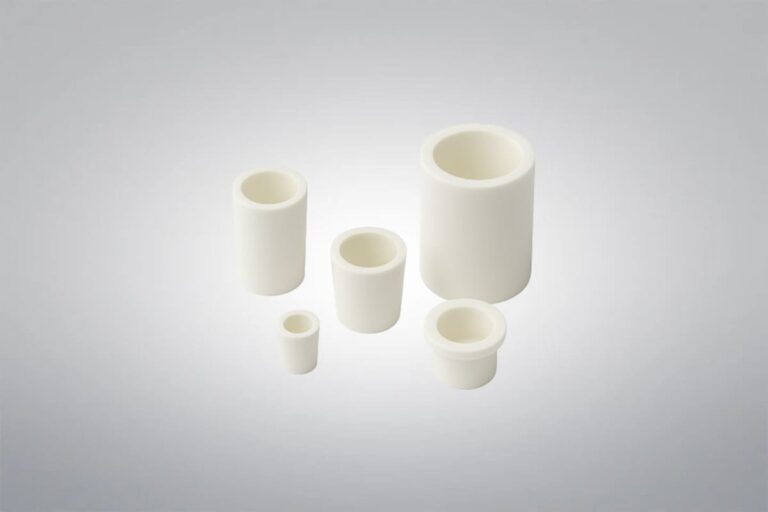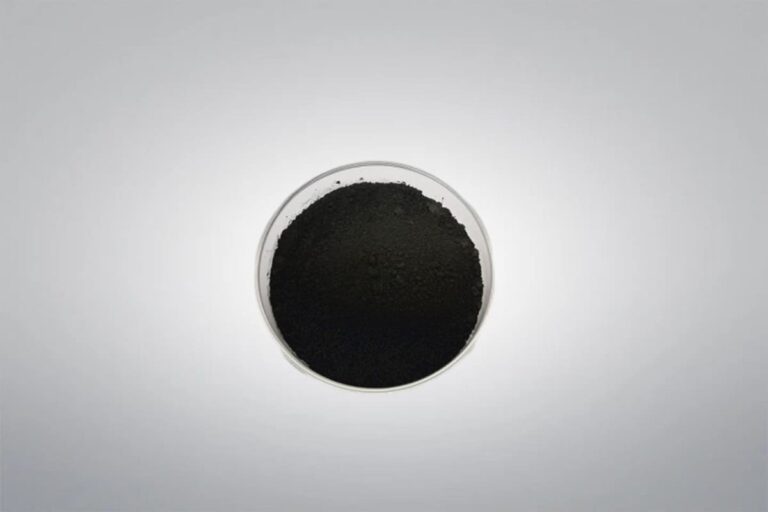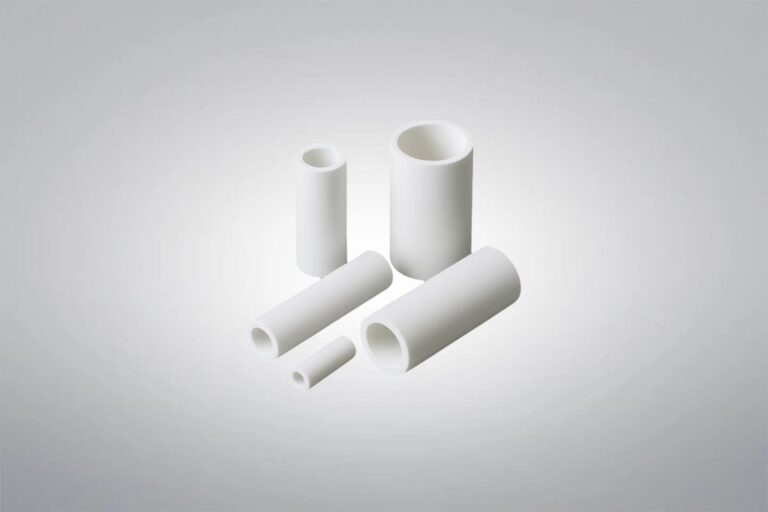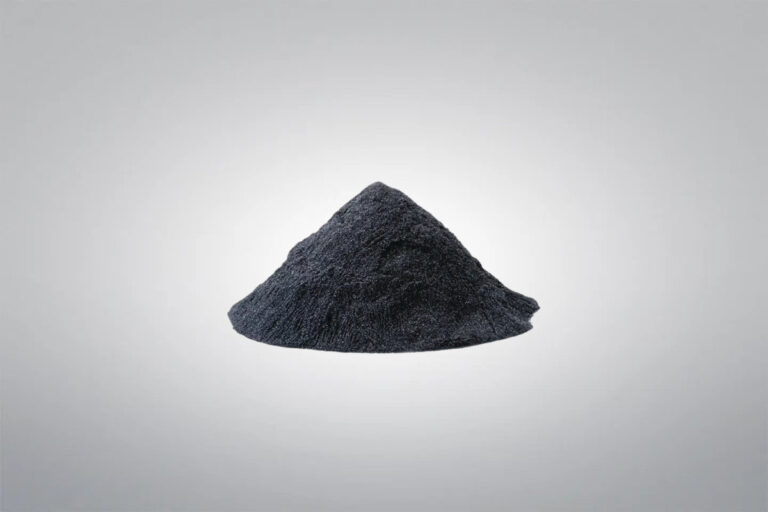Alumina Foam
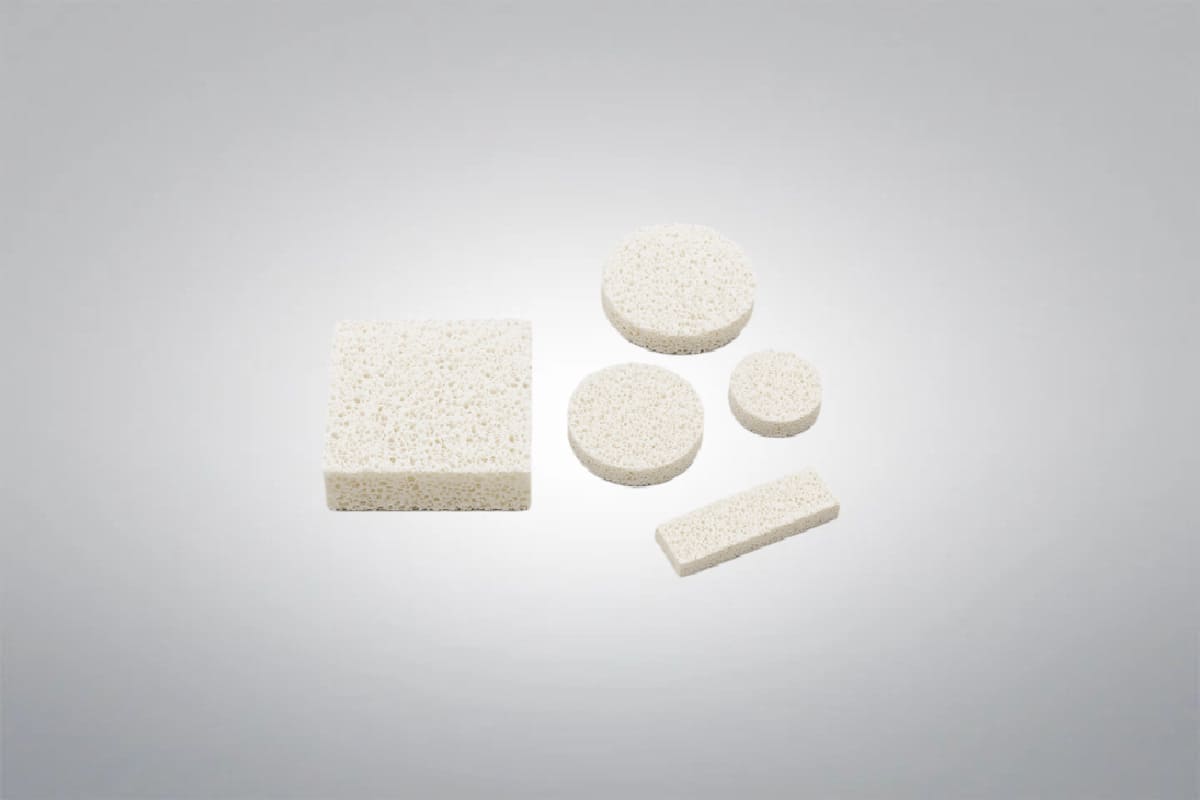
Alumina Foam
- Custom sizes and standard sizes in stock
- Quick Lead Time
- Competitive Price
Alumina Foam is a highly porous ceramic material made from aluminum oxide (Al₂O₃), known for its excellent thermal stability, corrosion resistance, and lightweight structure. With its uniform open-cell network, it is commonly used in high-temperature filtration applications, particularly in metal casting to trap impurities and enhance product purity. As a leading supplier and manufacturer of premium alumina products, Shanghai Yuepeng can supply high-quality alumina foam with various specifications and competitive prices, offering customized solutions to meet specific requirements.
Alumina Foam Data Sheet
| Product | Large-Plate alumina foam | Small-Block alumina foam |
| Chemical Composition | Al2O3 | |
| Porosity (%) | 80–90% | |
| Pore Density (PPI) | 10PPI–70PPI | |
| Operating Temperature (°C) | ≤1100°C | |
| Room Temperature Bending Strength (MPa) | 0.6 MPa | |
| Room Temperature Compression Strength (MPa) | 0.8 MPa | |
| Thermal Shock Resistance | 750°C to room temperature: 6 times | 1100°C to room temperature: 5 times |
| Bulk Density (g/cm³) | 0.35–0.45 g/cm³ | 0.4–0.5 g/cm³ |
Alumina Foam Description
Alumina (Al2O3) Ceramic Foam Filter offers excellent thermal stability, chemical resistance, and filtration efficiency, making it a trusted choice for removing inclusions from molten aluminum and its alloys. These filters are available in various sizes and pore densities to suit different casting methods, including continuous, semi-continuous, and sand casting. Their open-cell structure promotes smooth metal flow while trapping oxides, slag, and non-metallic inclusions. In addition to aluminum casting, alumina foam is also used in gas purification, heat insulation, and catalytic support applications.
Alumina Foam Specification
| Specification | Ceramic Filter Radius (R) | Ceramic Filter Height (H) | Edge Thickness (T) |
|---|---|---|---|
| Φ40×20 | 20 | 20 | 2 |
| Φ50×20 | 25 | 20 | 2 |
| Φ65×20 | 32.5 | 20 | 2 |
| Φ80×20 | 40 | 20 | 2 |
| Φ100×20 | 50 | 20 | 2 |
| Φ40×25 | 20 | 25 | 2 |
| Φ50×25 | 25 | 25 | 2 |
| Φ65×25 | 32.5 | 25 | 2 |
| Φ80×25 | 40 | 25 | 2 |
| Φ100×25 | 50 | 25 | 2 |
Note:
- Restrictions: Depth greater than 5mm of missing angles/edges or deformation with curvature exceeding 2mm is not allowed.Advantages
- Custom Dimensions: Sizes can be customized to specific requirements.
- Tolerances: Ceramic filter radius R tolerance is 0.75–0.25, height H tolerance is 1.5–0.5, and edge thickness T tolerance is 0.5–0.5.
Alumina Foam Usage Precautions
- It is recommended to use an open pouring system to prevent air entrapment.
- Avoid the direct impact of molten metal on the filter. If unavoidable, the pouring height should not exceed 300mm.
- Preheat the filter together with the riser or pouring spout to prevent the steel liquid from solidifying and blocking the filter.
- Before usage, remove surface slag from the filter with air blowing.
Alumina Foam Advantages
- Excellent Thermal Shock Resistance: Alumina foam maintains its structural integrity under rapid temperature changes, making it ideal for high-temperature metal filtration environments.
- High Porosity and Filtration Efficiency: The open-cell structure allows for effective removal of inclusions and impurities from molten metals, improving the final product’s mechanical and surface properties.
- Superior Chemical Stability: Resistant to corrosion and chemical attack from molten aluminum and its alloys, ensuring long service life and consistent performance.
- Lightweight and Durable: Despite its robust structure, alumina foam is lightweight, easy to handle, and install, reducing maintenance and operational costs.
- Multifunctional Applications: Beyond metal filtration, it can also be used for gas dispersion, catalyst carriers, thermal insulation, and sound absorption in various industrial processes.
Alumina Foam Applications
- Catalyst Support Media: Alumina balls are widely used as catalyst carriers in petrochemical, refinery, and chemical industries due to their high surface area, thermal stability, and resistance to chemical corrosion.
- Grinding Media: With high hardness and wear resistance, alumina balls are commonly applied in ball mills for grinding ceramics, glass, pigments, and other materials.
- Adsorbents and Desiccants: Alumina balls are effective in adsorbing moisture and impurities, making them useful in drying processes, air separation units, and natural gas treatment.
- Thermal Storage Materials: Thanks to their excellent thermal stability, alumina balls can be used in heat storage systems for energy-saving applications in high-temperature environments.
- Electrical and Mechanical Applications: Alumina balls are used in insulating and wear-resistant parts for electrical equipment, bearings, and other mechanical devices requiring durability and low contamination.
- Catalyst Support
- Energy Absorption
- High-Temperature Filtration
- Specialized Filtration and Environmental Applications
- Thermal Insulation
Alumina Material Properties
Alumina Material Grades
It has a very high purity (99.95%) grade of Alumina (Aluminum Oxide) exhibiting an exceptional combination of mechanical and electrical properties. It features very high hardness, exceptional electrical resistivity, high-temperature mechanical stability and strength in addition to corrosion resistance and bio/chemical inertness.
Its high-temperature stability and electrical stability make it particularly suitable for high-temperature applications such as high voltage/frequency insulators, heating elements supports, etc
Physical Properties:
- Color: White
- Density: 3.98 g/cm3
Applications:
- High-temperature electrical insulators
- Very high voltage/frequency insulators
- Machine components where high wear resistance
is required in an oxidizing environment - Precision shafts in high-wear condition
- Unlubricated (vacuum) or gas/water lubricated
high speed sliding bearings - Shot blast nozzles
- Abrasive flow deflector plates/cones
- Valve seats
- Wire guides
It’s a high-purity grade of Alumina (Aluminum Oxide) and one of the high-performance grades in this range of materials. It features a 99.7% purity Alumina base material that provides a superior set of mechanical and electrical properties while maintaining a reasonable cost. It is a very hard-wearing technical ceramic offering and is ideally suited to a wide range of industrial applications where mechanical and electrical performance is of the essence and the material needs to perform adequately in aggressive environments.
It can be machined in the “green state”- that is before sintering takes place, thus ensuring a large variety of shapes and sizes. It can also be diamond ground to tight tolerances in the fully sintered state using diamond grinding.
Physical Properties:
- Color: Ivory
- Density: 3.9 g/cm3
Applications:
- Electronic components & substrates
- High-temperature electrical insulators
- High voltage insulators
- Laser tubes
- Machined components
- Mechanical seals
- Precision shafts and axles in high-wear environments
- Roller and ball bearings
- Seal rings
- Semiconductor parts
- Shot blast nozzles
- Thermocouple tubes
- Tap plates
- Valve seats
- Wear components
- Wire and thread guides
- Ballistic Armor
99.5% Purity Alumina is a high-performance engineering material with exceptional mechanical strength, high-temperature resistance, and excellent electrical insulation properties. It is widely used in industrial equipment, electronic components, medical devices, and aerospace applications.
Physical Properties:
- Color: Ivory
- Density: 3.9 g/cm3
Applications:
- Electronic components & substrates
- High-temperature electrical insulators
- High voltage insulators
- Laser tubes
- Machined components
- Mechanical seals
- Precision shafts and axles in high-wear environments
- Roller and ball bearings
- Seal rings
- Semiconductor parts
- Shot blast nozzles
- Thermocouple tubes
- Tap plates
- Valve seats
- Wear components
- Wire and thread guides
- Ballistic Armor
99% Purity Alumina Is a premium industrial ceramic material with excellent mechanical properties, ultra-high hardness, high-temperature resistance, and insulation performance. It can maintain stable chemical and physical properties even in extreme environments, making it widely used in semiconductors, electronic components, laser technology, and aerospace.
Physical Properties:
- Color: Ivory
- Density: 3.85 g/cm3
Applications:
- Electronic components & substrates
- High-temperature electrical insulators
- High voltage insulators
- Laser tubes
- Machined components
- Mechanical seals
- Precision shafts and axles in high-wear environments
- Roller and ball bearings
- Seal rings
- Semiconductor parts
- Shot blast nozzles
- Thermocouple tubes
- Tap plates
- Valve seats
- Wear components
- Wire and thread guides
- Ballistic Armor
It is a regular purity grade Alumina (Aluminum Oxide) and it is one of the workhorses of the technical ceramics industry. It features a 96% purity Alumina base material providing a balanced “cost to quality” ratio. It is a hard-wearing technical ceramic offering an excellent combination of both mechanical and electrical properties and is ideally suited to a wide range of industrial applications where cost is of the essence, but the material still needs to perform adequately from a mechanical and electrical standpoint.
It can be machined in the “green state”- that is before sintering takes place, thus ensuring a large variety of shapes and sizes. It can also be diamond ground to tight tolerances in the fully sintered state using diamond grinding.
Physical Properties:
- Color: White
- Density: 3.75 g/cm3
Applications:
- Electronic components & substrates
- High-temperature electrical insulators
- High voltage insulators
- Laser tubes
- Machined components
- Mechanical seals
- Precision shafts and axles in high-wear environments
- Roller and ball bearings
- Seal rings
- Semiconductor parts
- Shot blast nozzles
- Thermocouple tubes
- Tap plates
- Valve seats
- Wear components
- Wire and thread guides
- Ballistic Armor
95% Purity Alumina is an economical and practical engineering material. Its slightly lower alumina content reduces production costs while maintaining decent wear resistance and processing flexibility. It is commonly used in mechanical parts, electrical insulators, and wear-resistant bushings, offering an excellent cost-performance balance.
Physical Properties:
- Color: White
- Density: 3.7 g/cm3
Applications:
- Electronic components & substrates
- High-temperature electrical insulators
- High voltage insulators
- Laser tubes
- Machined components
- Mechanical seals
- Precision shafts and axles in high-wear environments
- Roller and ball bearings
- Seal rings
- Semiconductor parts
- Shot blast nozzles
- Thermocouple tubes
- Tap plates
- Valve seats
- Wear components
- Wire and thread guides
- Ballistic Armor
Alumina Ceramic Machining
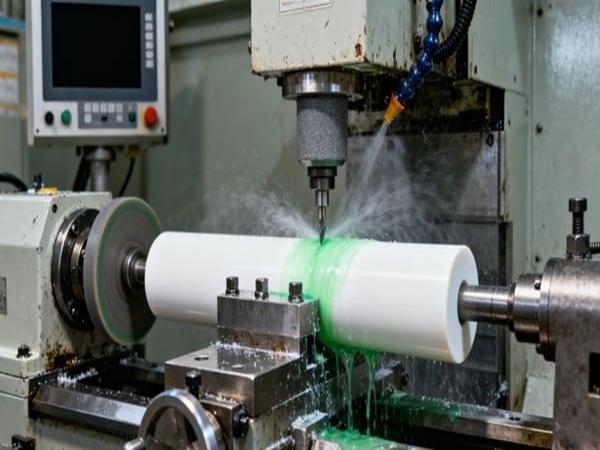
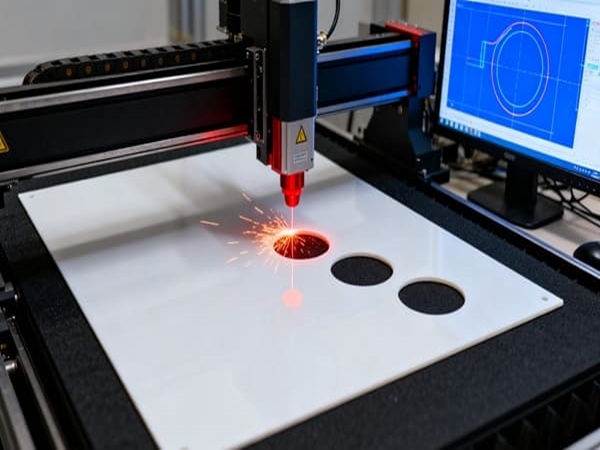
Advanced ceramics are formed using methods such as injection molding, die pressing, isostatic pressing, slip casting, and extrusion. After sintering and densification, machining requires diamond grinding. Shanghai Yuepeng applies advanced green and biscuit machining to achieve complex shapes beyond traditional methods. Our machining center offers drilling, grinding, milling, polishing, sawing, tapping, threading, and turning, enabling the production of alumina ceramic components with high precision and complexity. During machining, the following precautions should be observed:
- Shrinkage Control: Alumina ceramics shrink by about 20% during sintering, requiring dimensional adjustments in the green body stage.
- Tolerance Control: Precise tolerances are unachievable in the green or pre-sintered state; fine machining should follow sintering.
- Diamond Grinding: Post-sintering, high-hardness alumina requires diamond grinding, as conventional methods fall short.
- Tool Selection: Diamond-coated tools or grinding wheels are essential to handle ceramic hardness and prevent tool damage.
- Temperature Control: Strict temperature management during sintering prevents cracking or deformation.
- Stress Management: Excessive stress during machining must be avoided to prevent brittle failure.
- Cutting Speed and Feed Rate: Controlled speeds and feeds ensure quality and extend tool life.
- Surface Treatment: Post-machining polishing removes defects, enhancing performance and appearance.
Alumina Ceramic Packaging
Alumina Ceramic products are typically packaged in vacuum-sealed bags to prevent moisture or contamination and wrapped with foam to cushion vibrations and impacts during transport, ensuring the quality of products in their original condition.
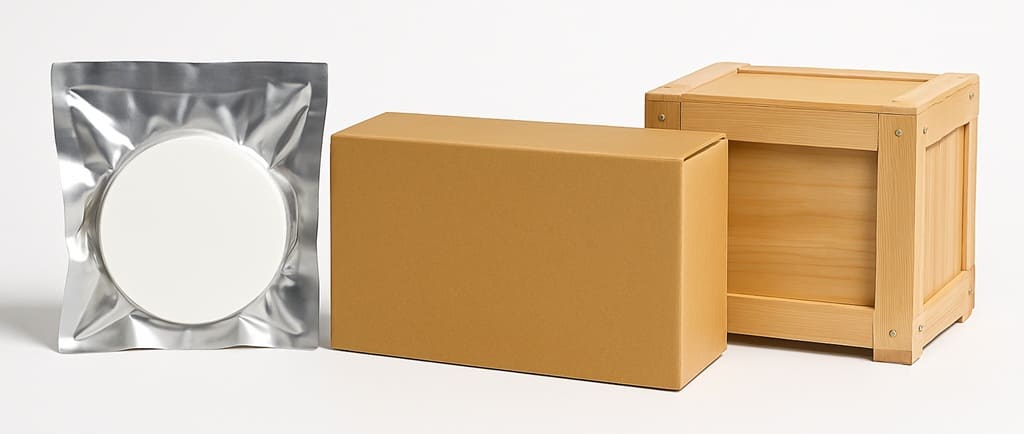
Download
Get A Quote
We will check and get back to you in 24 hours.

